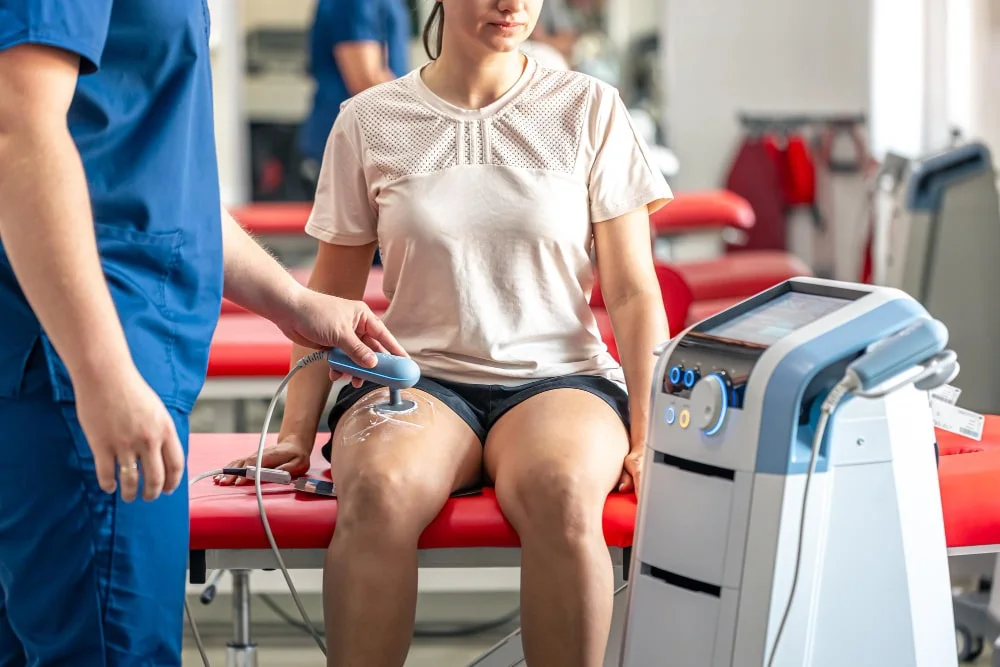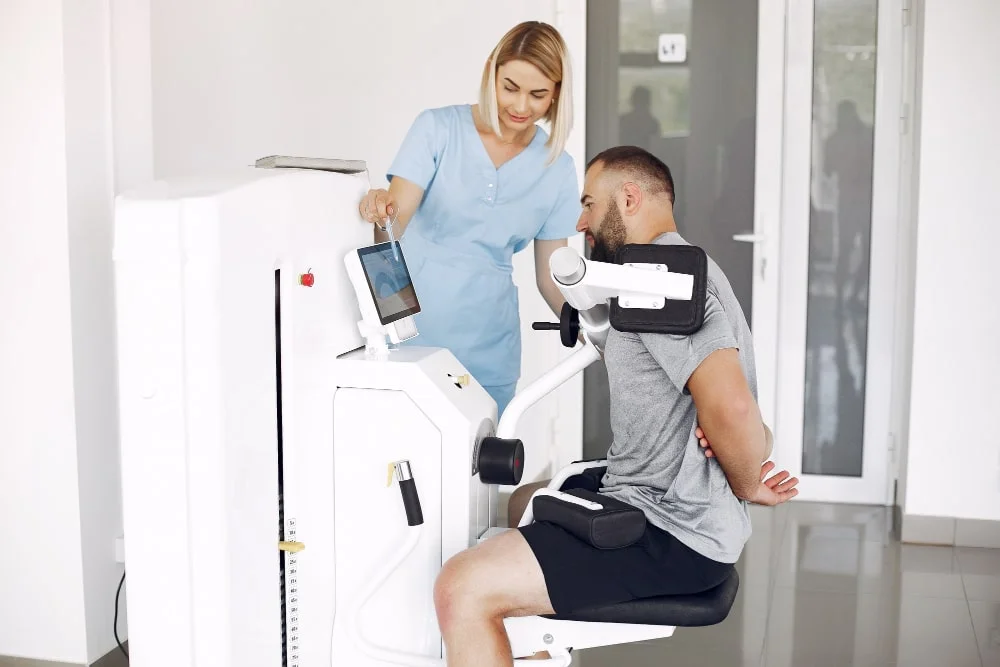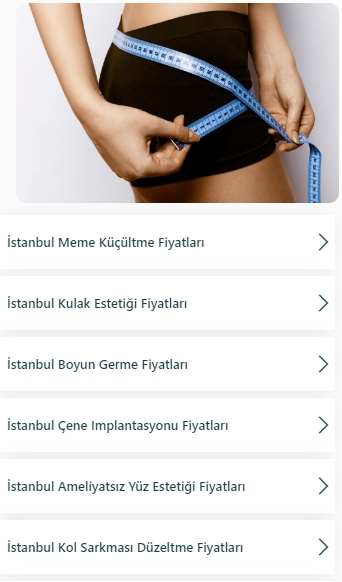
High-Intensity Laser Applications in Physical Therapy
- High-Intensity Laser Applications in Physical Therapy
- Mechanism of Action
- Clinical Applications
- Treatment Process
- Advantages
- Conclusion
In the field of physical therapy and rehabilitation, technological advancements provide us with new opportunities in the treatment of chronic and acute musculoskeletal disorders. One of these innovations is high-intensity laser therapy (HILT). Unlike conventional low-level laser treatments, HILT can penetrate deeper tissues and deliver effective results in a shorter period of time, which has made it an important component of treatment protocols in recent years.
Mechanism of Action
High-intensity laser devices deliver light of a specific wavelength into the tissue with high energy. This light induces biostimulation at the cellular level, accelerating the healing process. Through its photothermal and photomechanical effects, HILT provides:
- Anti-edema effect: Helps resolve edema by promoting the reabsorption of excess fluid in tissues.
- Circulation-enhancing effect: Improves blood flow, thereby increasing oxygen and nutrient supply to tissues.
- Analgesic effect: Reduces pain by suppressing nociceptive transmission at nerve endings and enhancing endorphin release.
- Regenerative effect: Stimulates cell metabolism, enhances fibroblast activity, and promotes collagen synthesis, accelerating tissue repair.
Clinical Applications
High-intensity laser therapy is widely used in physical therapy practice across a broad patient population. The main indications include:
- Musculoskeletal injuries: Muscle strains, ligament injuries, and tendon lesions.
- Joint disorders: Pain management in large joints such as the knee, shoulder, and hip, particularly in osteoarthritis.
- Lumbar and cervical disc herniations: Relieves pain associated with nerve compression.
- Sports injuries: Effective in treating muscle tears, edema, and bruises, reducing athletes’ return-to-sport time.
- Wound and tissue healing: Supports recovery in chronic wounds, post-surgical healing, and restoration of skin integrity.

Treatment Process
HILT is applied in sessions tailored to the patient’s condition. Each session usually lasts 5–15 minutes. During the procedure, the patient does not experience pain; only a mild sensation of warmth may be felt. Since the treatment is non-invasive, it does not limit daily activities and can be safely combined with other physical therapy modalities.
Advantages
- Fast therapeutic results
- Non-invasive and painless application
- Ability to reach deep tissues
- Reduction in the need for medications
- Shortened recovery periods
Conclusion
For us as physical medicine and rehabilitation specialists, high-intensity laser therapy is a highly valuable treatment option in both acute and chronic musculoskeletal conditions. With its anti-edema, circulation-enhancing, analgesic, and regenerative effects, it improves patients’ quality of life, shortens recovery times, and enables a quicker return to daily activities. As such, HILT has become one of the most important tools of modern physical therapy.

Dr. Elif Berber





